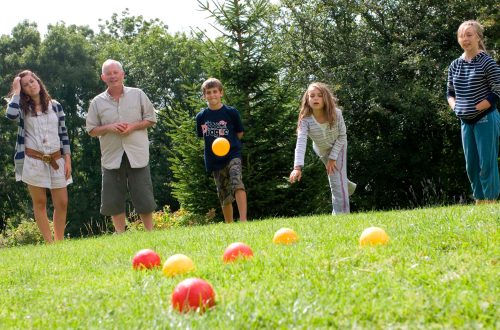
Top Tips For Attracting Wildlife Into Your Garden
If you want to attract a variety of wildlife to your garden, you’ll need to provide them with a suitable habitat. That means creating areas with clean water and shallow ground that is free from weeds and other plants. Another way to attract wildlife is to plant native species and leave your lawn a little wild. There are a variety of different types of wildlife habitats available, and they can be purchased from local garden centres. If you’re feeling adventurous, you can even make your own!
Bird feeders
If you want to attract birds to your garden, you can use various types of bird feeders. You can choose ones that hang from trees, or you can purchase freestanding feeders that can be placed anywhere in your garden. Some birds, such as siskins, prefer to feed on the ground. If you’d like to attract these creatures, you should provide them with a suitable feeding tray and water. Fresh water is essential for the birds’ health.
Different species of birds like to feed at different heights, so make sure you choose the correct one. You can also purchase squirrel-proof feeders. You should consider the height of the feeders before you start attracting wildlife. Keep in mind that different bird species require different food sources. The height of your feeders should be a suitable height for them. When choosing the right height for your feeders, make sure to check the nutritional needs of the species that you want to attract.
Providing clean water source
The most obvious way to attract wildlife is by providing a water source for birds. Birds need a clean water source for drinking and bathing. By providing a clean water source for birds in your garden, you will be increasing the number of species that visit your yard. The third component to attracting wildlife into your garden is to provide a habitat. Habitats provide wildlife with protection from predators and inclement weather. They are essential to the survival of many wildlife species.
Apart from providing drinking water, wildlife also needs clean water to reproduce. Some species spend their entire lives in water, so providing a clean water source for them will make their lives a lot easier. Water features can be as simple as bird baths and shallow dishes filled with water. You can also build a pond or create a small water garden. Natural water sources may include ponds, rivers, springs, oceans, and wetlands.
Planting native plants
Adding native plants to your yard is a great way to attract birds and other wildlife. Many native plants provide beneficial insects with food and cover. In addition, they provide ornamental value to your landscape. Because they’re native to the area, they require less water and pesticides to thrive. Planting native plants includes evergreens and deciduous trees, groundcovers, shrubs, and vines.
First, consider what type of soil you have in your yard and what kind of species grow best in that type of soil. When planting native plants, make sure to consider the moisture levels, growing zone, and amount of sunlight they need. Once you’ve determined the weather conditions, you can begin planting. Native plants are also ideal for birdwatching, as they attract songbirds and other wildlife. If you’re not sure what to plant, use a native plant Finder to make the right selection.
Leaving lawn to grow a little wild
If you want to encourage wildlife into your garden, you should leave your lawn a bit wild. The most common suburban lawns are rye grass, which is a durable, yet poor habitat for insects. To attract wildlife to your garden, sow wildflower seeds in your lawn. These wildflowers will not only provide food and habitat for insects, but they also attract beneficial birds, bats, and other wildlife.
During autumn, allowing your lawn to grow a little wild is crucial for the growth of waxcap mushrooms. These mushrooms grow slowly, so early and late cuts may harm the mushroom’s growth. On the other hand, leaving it long will encourage butterflies and bees to come to your garden and feed on them. This is an easy way to get wildlife into your garden. Once your lawn reaches the desired level, you can then plant flowers and bulbs to attract wildlife.
Using invisible dog fences
Using an invisible dog fence to protect your garden from dogs can prevent cats and dogs from digging holes. Invisible fences can also discourage crafty dogs from tearing up your garden. While humans want our pets to be safe, native wildlife needs to feel secure in their natural habitat. Using an invisible dog fence in your garden will help protect your native wildlife from being harmed by your pets. Here are some advantages of using an invisible dog fence:
The first benefit of using an invisible dog fence is that it doesn’t block the view of your flowers and plants. Instead, an invisible fence will create a barrier between your pet and your flower garden. If your dog does decide to cross the fence, an underground wire will send an audio or electric shock to its collar. The shock will not hurt your pet, but it will give it a feeling of tickling. This will deter the dog from crossing the fence and destroying the flowers and other plants.



